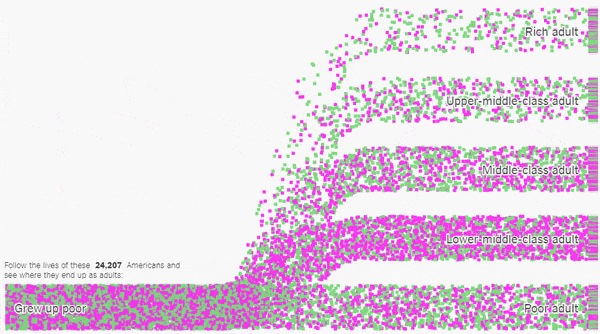 Like so many in the mathematical community, I was deeply saddened by the sudden passing of Alexander Bogomolny.
Like so many in the mathematical community, I was deeply saddened by the sudden passing of Alexander Bogomolny.
Alex built and curated an incredible website, Cut-the-Knot.org, that showcased the playfulness, creativity, beauty, and rigor of mathematics. When I was studying to become a high school teacher, I remember listing Cut the Knot as one of my favorite mathematical resources. Twenty years later, there still isn’t anything quite like what he created.
I learned a tremendous amount of geometry and trigonometry thanks to Alex. His resources opened up new worlds to me, helped shape my thinking, and directly impacted my classroom practice. After I started a math research course at my school, his website inspired dozens of student projects. And his work often inspired me to do and to write about math.
I was excited to find him on Twitter many years ago, where he continued to share resources, pose puzzles, and engage our community in problem solving and reflection. It was a privilege to cross paths with him so often.
Alex did what so many of us aspire to do: He made a tremendous impact spreading the joy, wonder, and challenge of mathematics. The world of mathematics is poorer for his passing, but so much richer for his life and work. Thank you, Alex.
Photo Credit: Nassim Taleb
Thanks to Nassim Taleb for sharing the news of Alex’s passing, as well as his lovely tribute. Please read the other moving tributes to Alex by Jim Wilder and Gary Davis.
 I performed at a Story Collider event earlier this year and now my story is featured on their podcast!
I performed at a Story Collider event earlier this year and now my story is featured on their podcast!


